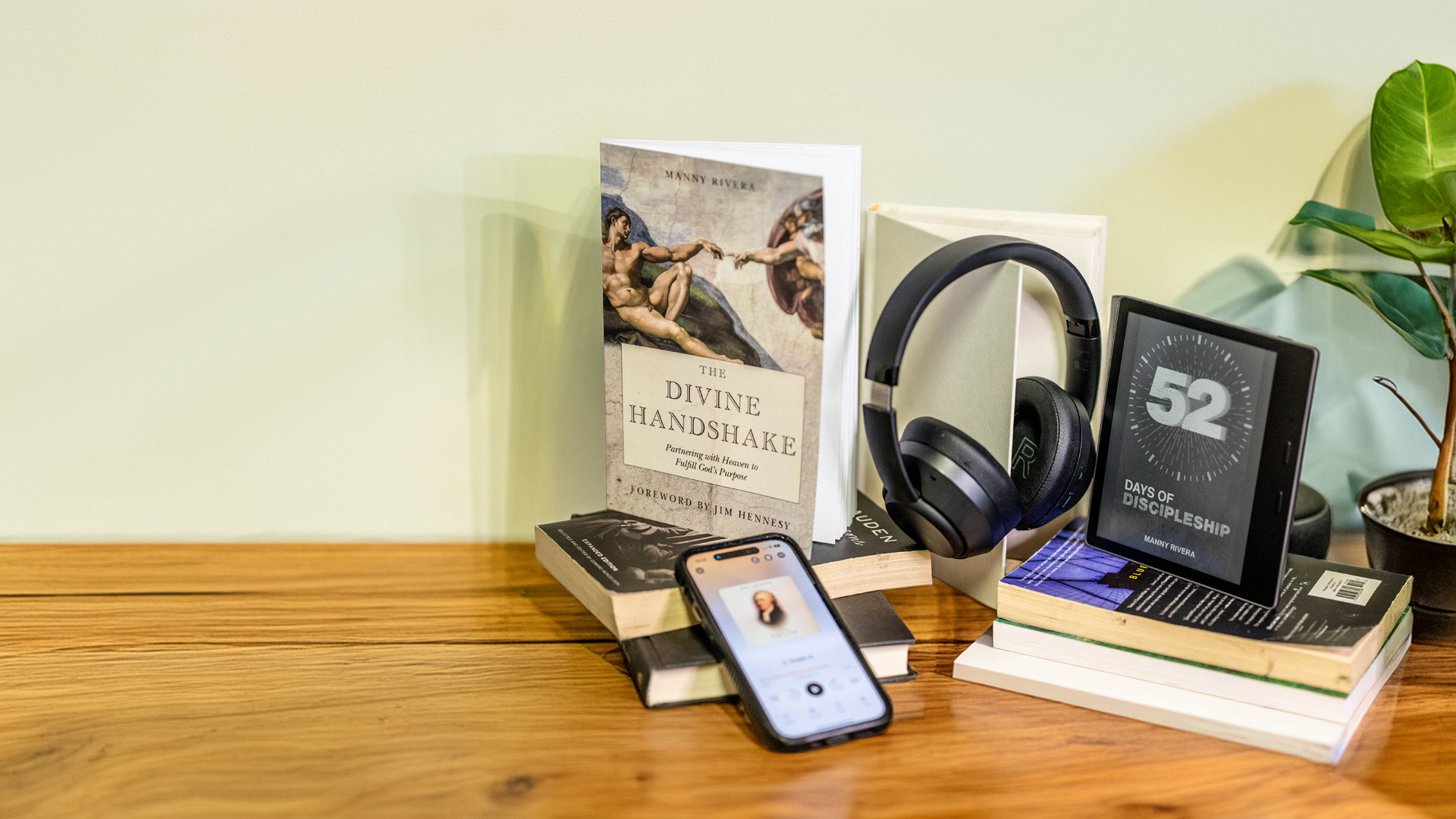One of the biggest decisions you’ll make as an author isn’t just about writing the book. It’s about how you’ll share it with the world. With so many formats available, it can be tough to decide whether to publish as an eBook, paperback, hardcover, or audiobook.
The right choice depends on your audience, budget, and publishing goals. Some formats are more affordable to produce. Others offer a better reading experience. Some give you access to a larger audience, while others make your book feel more credible.
Why eBooks Work for Most Authors
If you want to publish quickly and at a low cost, eBooks are the easiest option. They don’t require printing, inventory, or shipping. Once your book is formatted, it’s available worldwide in an instant.
eBooks are also great for sales because they can be priced lower than print books. Readers can download them immediately instead of waiting for delivery, which can often lead to more readers purchasing your book. On top of that, the royalty rates are often higher. Platforms like Amazon Kindle pay up to 70 percent on eBook sales, while paperbacks and hardcovers usually offer lower profit margins.
There are downsides, though. Some readers still prefer physical books. If you’re writing something like a cookbook, a children’s book, or a coffee table book, eBooks might not be the best format. And while eBooks can be easily updated, they can also be easily forgotten in a crowded digital marketplace.
Why Paperbacks Are the Most Popular Format
Paperbacks remain the go-to choice for most self-published authors. They offer the credibility of a printed book without the high production costs of a hardcover. Print-on-demand services like Amazon KDP and IngramSpark make it possible to sell paperbacks without needing to print in bulk or store inventory.
A physical book gives readers something tangible. It feels more real. It’s easier to sell at events, get into bookstores, and send out for reviews. Some readers will always prefer flipping through a paperback instead of reading on a screen.
The downside is that printing costs do take a portion out of your profits. Depending on page count and color printing, the cost per book can add up. You also need to make sure your formatting is clean and professional. A poorly formatted paperback can make a book look amateur, no matter how good the content is.
When Hardcovers Make Sense
Hardcovers give a book a higher-end feel. They last longer, look more professional, and have a higher perceived value. If your book is a memoir, a children’s book, business book, or special edition, a hardcover might make sense.
Libraries and bookstores are more likely to stock hardcovers, and readers who love collecting books often prefer them. They also allow you to set a higher price point, which can help make up for the higher printing costs.
That said, not every book needs a hardcover. They cost more to produce, and not every reader wants to pay the extra price. If you’re launching your first book, starting with a paperback and eBook might be the smarter move. You can always release a hardcover later as a special edition once you’ve built an audience.
Why Audiobooks Are Growing So Fast
Audiobooks have exploded in popularity, and for good reason. People are busier than ever and love the convenience of listening while driving, exercising, or doing chores. Here at Pinpoint Publishing we often tell our authors that we need to compete with a podcast culture. If your book is in a genre that does well in audio, this could be a great opportunity to reach more readers.
Self-help, business, and memoirs tend to do well in audiobook format, especially when read by the author. Fiction books with strong narration also thrive. If you have a book that’s engaging and easy to listen to, an audiobook could open up a whole new audience.
The biggest downside is cost. Audiobooks require professional narration, editing, and mastering. You either need to hire a voice actor or invest in high-quality equipment to record it yourself. Distribution also works differently than print and eBooks. Platforms like Audible, Apple Books, and Google Play have their own rules for pricing and royalties.
Why a Combination of Formats is Best for Most Authors
The best way to maximize your book’s reach is to publish in multiple formats.
Each format serves a different audience. Some readers prefer digital, while others only buy print books. Some people never pick up a book but will listen to an audiobook while driving to work. Offering your book in multiple formats means you aren’t limiting yourself to just one type of reader.
A paperback and eBook combination is the most common approach because it allows you to serve both digital and print readers without a large upfront investment. Adding an audiobook expands your reach even further, tapping into a growing market of listeners.
A hardcover edition can be a great re-release strategy. Many authors use it as a way to bring attention back to their book after the initial launch. A special edition hardcover, with bonus content or an updated cover, gives readers a reason to buy your book again and allows you to promote it a second time.
Which Format is Right for You?
Every format has pros and cons. If you’re just starting out, an eBook is the most affordable and fastest way to publish. A paperback adds credibility and gives readers a physical option. A hardcover works best for premium editions or books that belong in bookstores and libraries. An audiobook expands your reach to audio-first readers but requires a bigger investment upfront.
Many authors start with an eBook and paperback, then expand into hardcover or audio once their book gains traction. There’s no single right answer, but the good news is, you don’t have to choose just one.
At Pinpoint Publishing, we help authors navigate the entire publishing process. Whether you need formatting, cover design, help with an audiobook, or advice on which format is best for your book, we’re here to help.
Your book deserves to be in the hands of readers. Let’s make that happen.






0 Comments